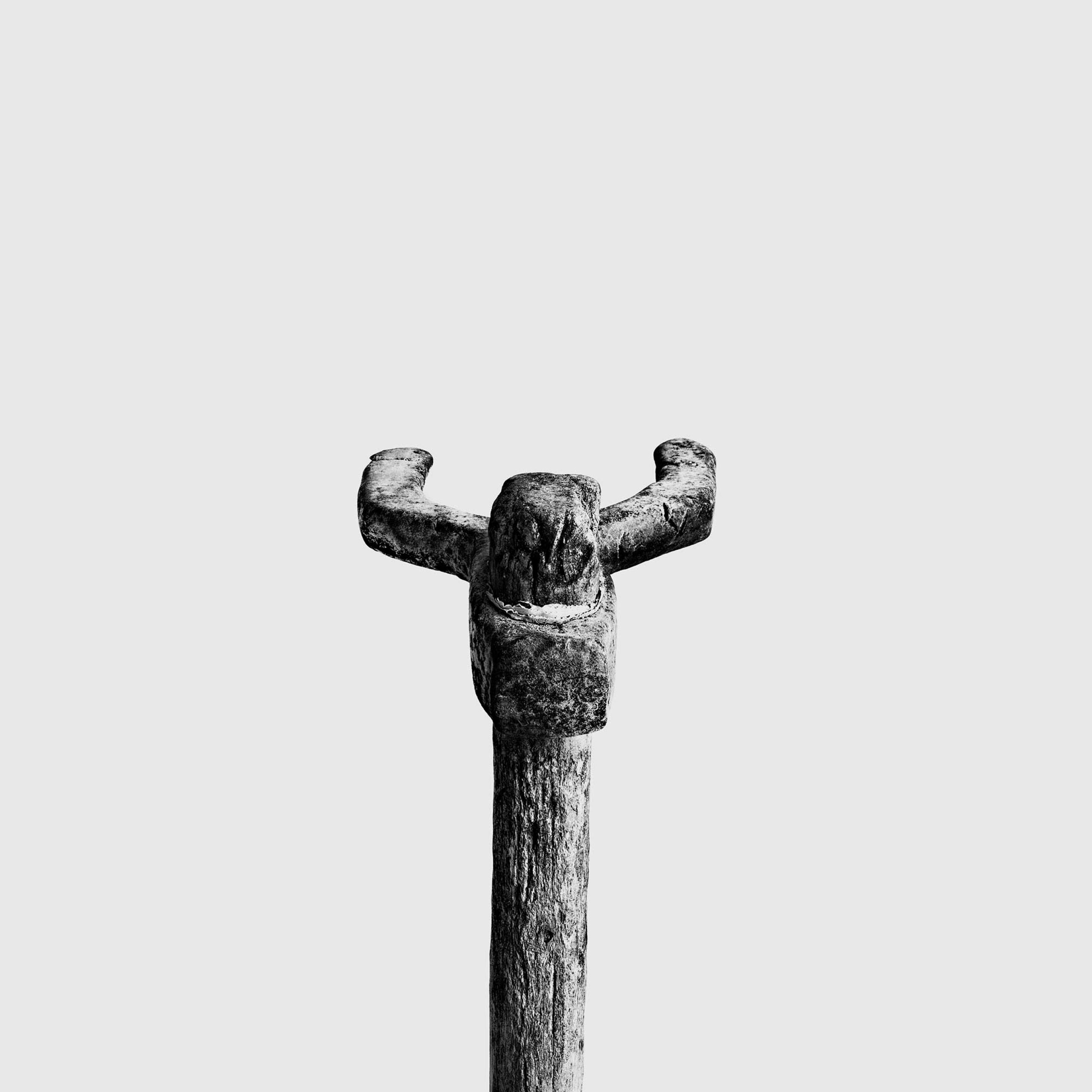…”Since ancient times in Montalcino there were news about saffron cultivation, croco sativus.
Giovanni Botti, judge and notary public in the city of Florence, was sent to Montalcino in 1593 by Apostolic Nuncio Mario Giorgi, following the request of the Sacred College, to collect information about our economy on behalf of the Concistorial Congregation. Ten witnesses from Montalcino were summoned and asked the same 12 questions. They all gave the same answers – the local economy, based on agriculture and craftmanship, was thriving. Quoting GiacomoAngelini’s answer to one of the questions: “Saffron is cultivated in the farms of Sant’Antimo” (the document containing this quote was found in the secret archives of the Vatican).
Giorgio Giorgetti (Crete senesi nell’età moderna – Studi e ricerca di storia rurale; La Nuova Stampa, Città di Castello, 1983) writes, on page 12: “When the right economic conditions are present – they are in Montalcino – cultivating a highly mercantile plant of a significantly high value such assaffron is also possible”.
The testimony of 16th Century naturalist Pier Andrea Mattioli: “…in Tuscany and around Siena, the precious [spice] is grown and used, and is sold to the other side of the mountains for health and industrial purposes. It is, as amatter of fact, a plant for which any sterile andpoor soil is good and which has a particular desire for clayey and medium-textured soil”.Montalcino, 29th November 2014
Montalcino, 29th novembre 2014
Ilio Raffaelli
Mayor of Montalcino from 1960 to 1980

